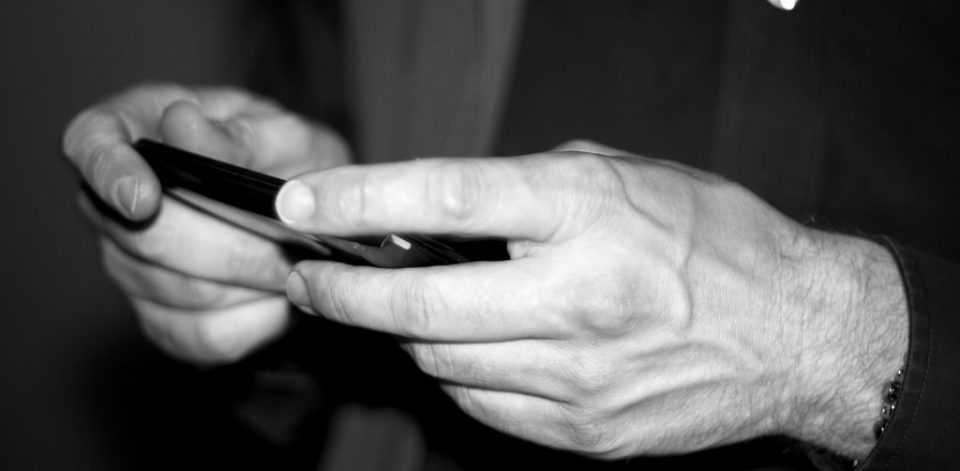
By CDH Guest Author on May 16, 2016
To follow up on an article written by my esteemed predecessor, I’d like to explore how developments in mobile technology are affecting us.
In the 9 short years since the first smart phone was released, our habits and communication styles have measurably changed. Working in technical support, I have a unique viewpoint of some on the changes. I’ve personally witnessed the profound attachment people have with their mobile devices: the compulsive grasping for the phone when passing it to the technician to troubleshoot and the visible relief when the device is returned to their cradling hands. Other changes are visible to all of us. We see people of all ages walking along completely absorbed with the screen in their hands, using phones during meetings or at mealtimes, or (worse) texting while driving. Not all changes are bad, though. There’s an interesting uptick in the use of cell phone cameras for citizen journalism, but even this has its dark side, with a disturbing trend of recording a disaster or crime rather than helping the victims.
The idea that technical innovations change the way our minds work is not a new one. The advent of writing, the invention of the printing press, and even the creation of the clock have all influenced human thought. We would normally see changes happening over generations, very gradually. But with the smart phone, we’ve seen a much faster evolution (some might argue a “devolution”) in the span of a few years.
Our social lives have morphed into digital lives, where we communicate in text messages instead of in person, or via attention-grabbing social media posts engineered to garner the most “likes”, often packaged in lines of 140 characters or less. I sometimes catch myself sitting up late at night cradling a 4 inch screen, supping on the mental junk food that is my newsfeed, distantly aware that I really should get some sleep.
Is the technology that was originally developed to connect us to the world actually drawing us further apart?
Picture a couple sitting together in a café, each on their own device. Separated by only inches, they might as well be miles apart thanks to those tiny LED screens. The society that accepts this as the new normal also enables our digital separation and sanctions it by offering improved devices every few months and promises new apps to solve every issue.
As a fellow sufferer of this digital separation, I humbly suggest a solution. I propose a rationing of the time we all spend on such devices, a digital vacation or “diet”. I’m not saying our digital lives are not important, and I’m not saying we should abandon technology as the time-saving communication tool that it was designed to be. I’m just suggesting that there is a time and a place for it, and we need to rethink how much control it has over our lives at the expense of our interpersonal relationships.
Now, put that tiny screen away and go reconnect with your loved ones, and enjoy the day! You’ll thank me for it (once the withdrawal symptoms stop, that is).
“Only connect! That was the whole of her sermon…Live in fragments no longer.” — E.M. Forster (1910).
Ideas for Further Reading (on both sides of the issue):
- Baym, Nancy. Personal Connections in the Digital Age (DMS – Digital Media and Society).
- Carr, Nicholas. The Glass Cage: How Our Computers are Changing Us.
- Carr, Nicholas. The Shallows: What the Internet Is Doing to Our Brains.
- Thompson, Clive. Smarter Than You Think: How Technology Is Changing Our Minds for the Better.
- Turkle, Sherry. Reclaiming Conversation: The Power of Talk in a Digital Age.
- Turkle, Sherry. Alone Together: Why We Expect More from Technology and Less from Each Other.
Photo courtesy of Jannis Schnitzer via Flickr. Used under terms of CC BY-SA 2.0.
Gillian Bailey is a Departmental Technology Analyst at the UCLA Center for Digital Humanities. She studied Linguistics here at UCLA and is glad to be back at her Alma Mater. When she doesn’t have her nose in a good book, she can be found in the outdoors hiking and volunteering with the local Sierra Club Chapter.
